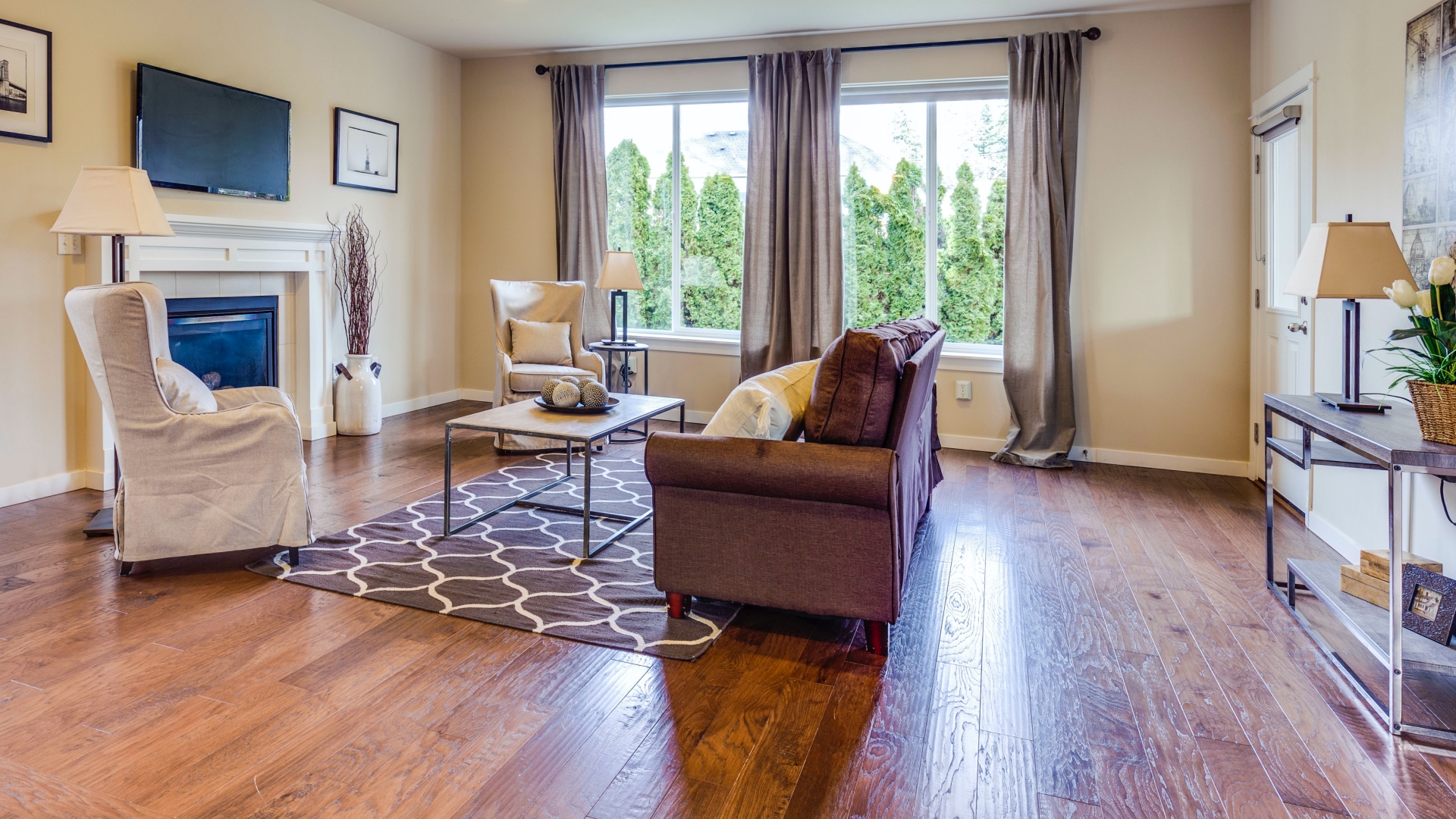Renovating a cottage might seem like a dream — but once the work begins, many owners find themselves facing surprises that rarely come up in urban renovations. Sure, you expect a few budget overruns or scheduling delays, but cottages introduce an entirely different set of challenges. These aren’t just minor inconveniences — they can derail plans, increase costs, or require a complete shift in scope.
If you’re planning a cottage renovation, here are some unexpected pitfalls you’ll want to anticipate and plan for.
Limited or Seasonal Access to the Property
Boat-only access, unmaintained roads, or snow-blocked trails can delay construction timelines significantly. Many cottage renovations take place in remote areas where access is either restricted to certain months or limited by weather. If your contractors can only reach the site by boat or ATV, expect longer project durations and higher transportation costs.
Plan ahead:
- Book tradespeople well in advance, especially if work can only be done in spring or summer.
- Consider temporary docks or float platforms for materials delivery if your cottage is on an island.
- Budget for water taxis or barges if large equipment or materials are needed.
Septic Systems and Environmental Restrictions
One of the most overlooked issues is the condition and placement of septic systems. Many older cottages have outdated systems that no longer meet modern environmental standards. Additionally, shoreline setbacks, wetland conservation rules, and zoning regulations can severely limit your renovation options.
Key concerns include:
- Existing systems that are too small or non-compliant with current codes.
- Regulations that prevent expanding a footprint or adding bedrooms without a septic upgrade.
- Surprise inspections that stall your permits.
Tip: Always have a certified septic inspection done before planning an addition or bathroom remodel.
 Uninsulated Crawlspaces and Outdated Foundations
Uninsulated Crawlspaces and Outdated Foundations
Cottages built 30–50 years ago often have stone piers, untreated wood beams, or dirt-floor crawlspaces that aren’t insulated or structurally sound. These elements are hidden beneath charming interiors and often go unnoticed until walls are opened up.
The result? You could face:
- Major structural reinforcements.
- New concrete footings or engineered piles.
- Full gutting of the floor to resolve rot or pest infestations.
Power, Plumbing, and Permit Surprises
In cottage country, many homes started as seasonal getaways with minimal plumbing and outdated wiring. When you begin your renovation, you may discover:
- Insufficient amperage (60 or 100 amp service).
- Plumbing that doesn’t meet today’s pressure or safety requirements.
- No record of previous additions — making it hard to get new permits.
You may need to:
- Upgrade to 200 amp service for modern appliances and HVAC.
- Replumb everything, especially if pipes weren’t insulated for winter.
- Work with local municipalities to verify old builds before adding to them.
Hidden Water Damage and Mold
Cottages are exposed to freeze-thaw cycles, leaks, and high humidity, especially if they’ve been closed up for seasons at a time. Even with cosmetic updates, many older structures suffer from:
- Roof leaks hidden by new drywall.
- Mold in wall cavities.
- Rotting window sills, especially near lakes.
These issues often don’t show up until demolition begins. Once revealed, they require immediate remediation — adding days or weeks to your schedule.
Wildlife Intrusions
From mice in the walls to raccoons in the attic, wildlife can leave behind a lot more than mess. Their presence can cause:
- Insulation damage.
- Chewed wiring.
- Structural weakening due to nesting.
Even worse, some animals are protected or require humane relocation services — which means more delays and added costs.
Contractor Availability and Local Trades
Cottage country often has a limited pool of contractors and tradespeople. You may find it difficult to hire skilled help on short notice — especially during peak seasons. This can create:
- Scheduling gaps between stages of the project.
- Increased travel costs if you’re bringing in contractors from urban areas.
- Extended timelines if local crews are booked solid.
Pro tip: Look for renovation companies with cottage experience and flexible project schedules.
For example, Maximum Design Build specializes in cottage renovations across Muskoka and other cottage regions, offering tailored solutions for these exact challenges.
Delivery and Storage of Materials
Urban renovations often take material delivery for granted. Not so in remote areas. Whether you’re dealing with one-lane gravel roads or ferry-only islands, getting materials onsite can be a logistical headache.
Add to that:
- No space to store lumber, tiles, or fixtures securely.
- Delays when delivery trucks can’t reach the location.
How to mitigate:
- Use local suppliers when possible.
- Rent temporary storage containers or schedule deliveries just-in-time.
Final Thoughts
Cottage renovations bring charm, beauty, and a connection to nature — but they also come with unique complications that aren’t common in city homes. If you’re prepared for the unexpected, you’ll avoid major setbacks and protect your investment.
When planning your cottage upgrade, keep these points in mind:
- Access and logistics matter more than you think.
- Environmental and septic rules are strict — and enforced.
- Older builds hide deeper issues, from insulation to wildlife damage.
Start your renovation with a clear plan, local expertise, and a flexible budget — and you’ll be able to create a space that’s not just beautiful, but built to last.
To see how a local expert can help guide your project from start to finish, visit Maximum Design Build’s cottage renovation services in Muskoka.


 Uninsulated Crawlspaces and Outdated Foundations
Uninsulated Crawlspaces and Outdated Foundations








